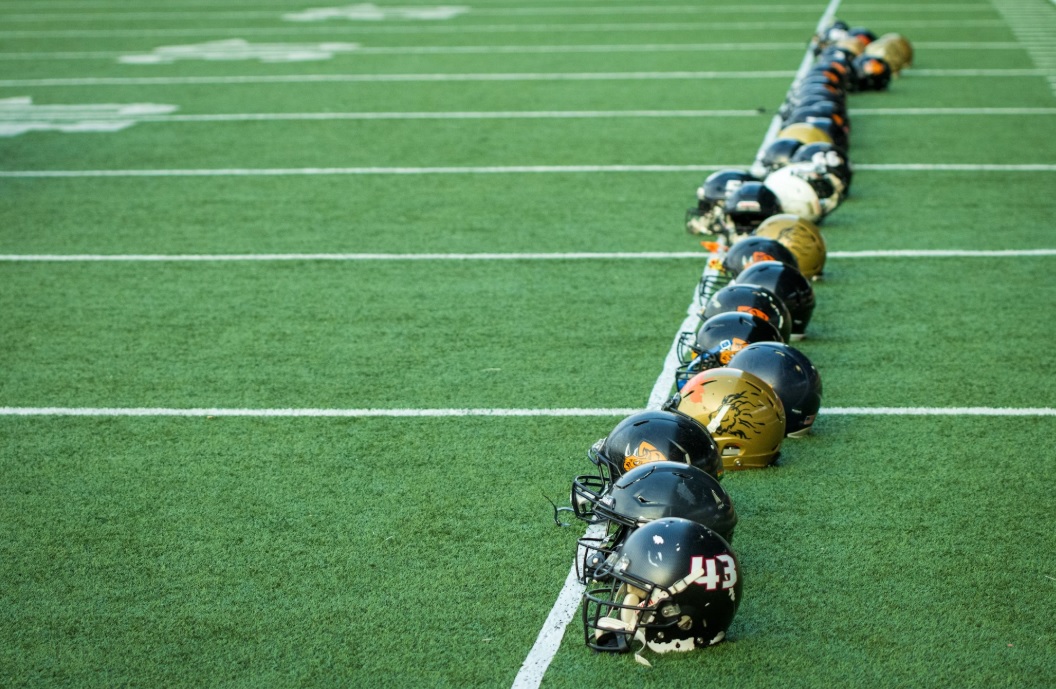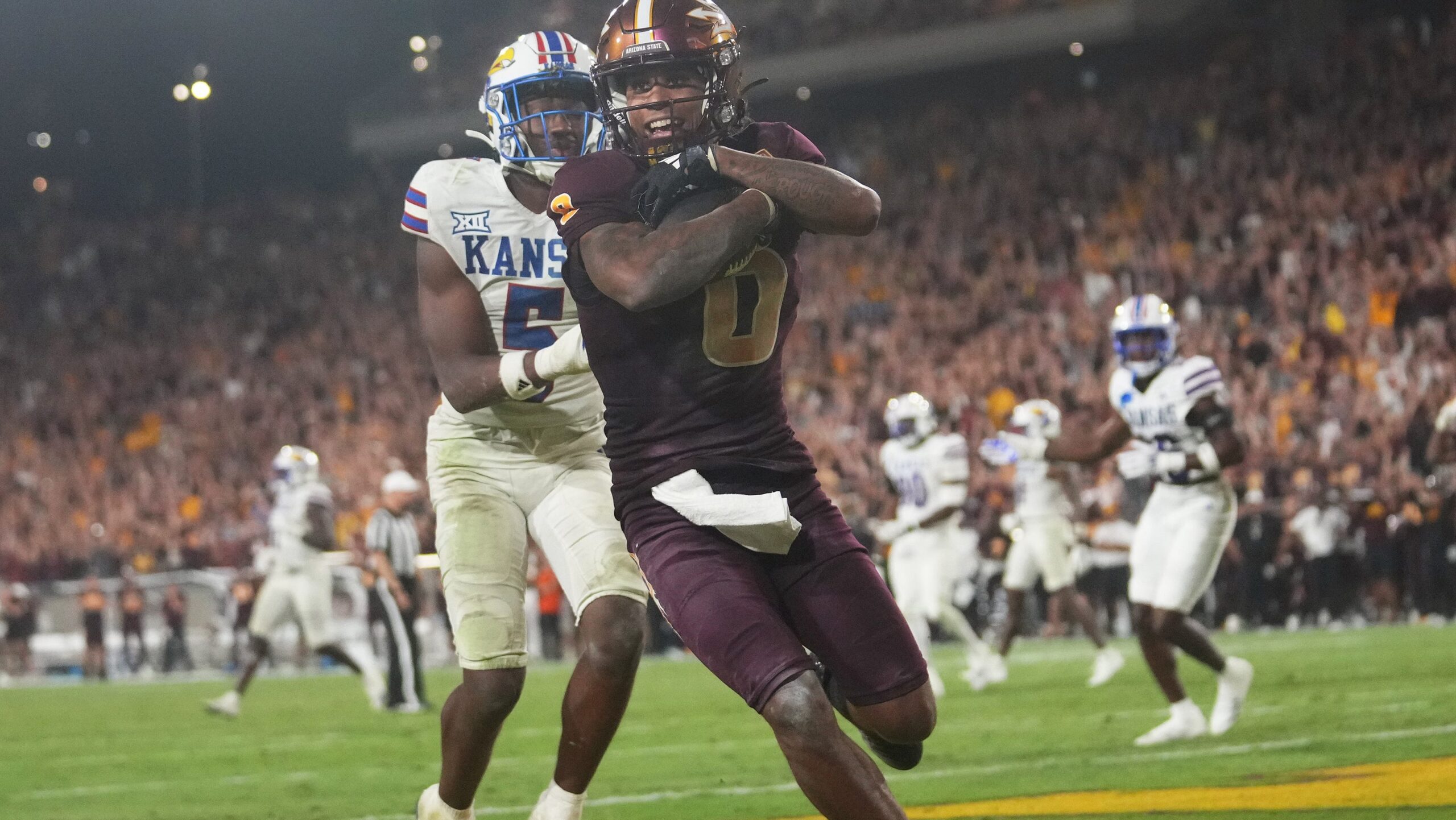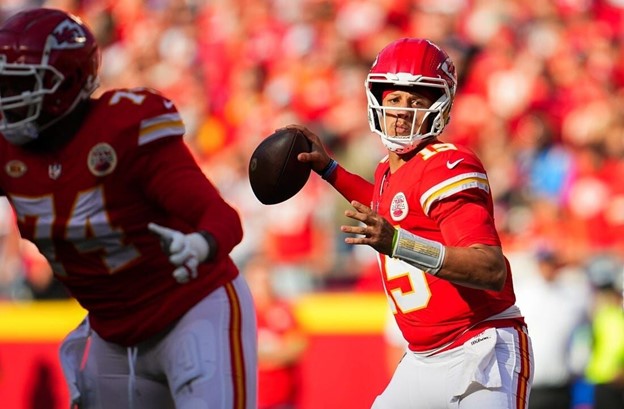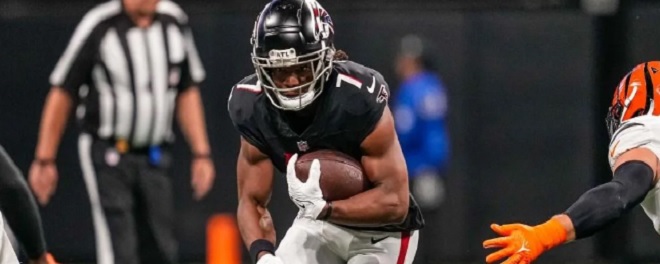The landscape of college sports is both dynamic and financially powerful. With millions of fans tuning in to games each season, universities and conferences collect significant revenue. As college football thrives at the heart of this success, a pressing question remains: do college football players get paid?
For aspiring student-athletes and their families, understanding what kind of compensation exists is more relevant than ever. Here’s a clear look at how this system works today.
Education and Academic Opportunities
While the spotlight often shines on the field, the academic journey of student-athletes is equally important. Many balance demanding schedules filled with training, travel, and competition while managing coursework. For students struggling to juggle it all, especially writing assignments, there’s helpful support available. If you’re searching for someone to write a college essay for me, check out EssayHub service for expert assistance tailored to student needs.
Do College Athletes Get Paid?
College athletes, including those in football, do not earn salaries like their professional counterparts. Most compensation comes in the form of athletic scholarships. These scholarships may cover tuition, housing, meals, and academic services, depending on the division and the sport.
The NCAA has long upheld the amateurism model, which prohibits direct salary payments. However, things began to shift after a 2021 Supreme Court ruling. Athletes can now earn income through their name, image, and likeness (NIL). This means sponsorships, brand deals, and social media endorsements are now on the table for athletes who meet eligibility rules.
Scholarship Distribution and Limitations
Athletic scholarships vary significantly. Some student-athletes receive full rides, while many others get partial aid. According to the NCAA, nearly $3 billion is awarded annually across Division I and II sports. Yet, the average scholarship amount falls around $18,000—much less than the full cost of attending most universities.
In football, particularly at the Division I level, players in “head count” sports are more likely to receive full scholarships. These programs often carry more resources, visibility, and revenue potential. Meanwhile, athletes in other sports might split scholarship funds among team members, leaving them with limited financial coverage.
How College Athletics Is Organized
The NCAA organizes collegiate sports into three divisions. Division I includes large schools with extensive resources. Football programs here are typically classified under either the Football Bowl Subdivision (FBS) or the Football Championship Subdivision (FCS), with FBS schools competing in high-profile bowl games and TV contracts.
Division II schools also offer athletic scholarships but place more emphasis on balancing athletics with academics. These institutions have smaller budgets and less media exposure.
Division III schools do not offer athletic scholarships. The focus at this level is more on the holistic student-athlete experience, prioritizing academics and personal development over athletic commercialization.
Recruiting and Scholarship Offers
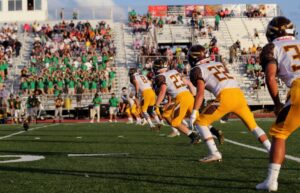
Recruitment is a vital part of college athletics. Coaches assess talent through camps, showcases, and game footage. Offers can range from partial aid to full scholarships based on available resources and team needs.
Most athletes must work hard to get noticed. They start early, build strong profiles, and communicate regularly with coaching staff. It’s a competitive space, and securing a spot with meaningful financial support is not guaranteed.
Should College Athletes Be Paid?
Many believe student-athletes deserve financial compensation beyond scholarships. College sports generate billions annually, yet the athletes often see minimal direct benefit. The top-tier programs, especially in football and basketball, rake in revenue from media rights, merchandise, and ticket sales.
At the same time, over 100 college coaches earn seven-figure salaries, and the highest paid college athletes are striking brand deals under NIL policies. This financial gap raises concerns about fairness, especially as some student-athletes struggle to afford basic living costs.
Time and Physical Commitment
Being a college football player is a full-time commitment. Between early morning practices, travel, and games, these students spend dozens of hours weekly focused on athletics. Many can’t hold part-time jobs, which makes financial challenges more severe.
Physical risks also weigh heavily. A single injury could derail a future in sports. These realities support the case for further compensation, as athletes face risks without long-term financial security.
How Much Do College Football Players Make?
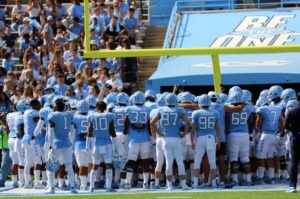
While players aren’t paid to play in the traditional sense, those who sign NIL deals can earn income. Earnings vary widely, depending on visibility, marketability, and performance. Some student-athletes have made six-figure sums through endorsements. However, many make far less or none at all.
It’s important to remember that NIL deals are not guaranteed. Only a fraction of athletes secure lucrative contracts. Factors like social media presence, team success, and sport popularity all play a role in shaping these opportunities.
Legal Changes and What’s Ahead
In recent years, several laws have reshaped athlete compensation. California’s Fair Pay to Play Act was among the first to allow college athletes to sign endorsement deals. Now, states across the country have adopted similar legislation.
At the federal level, proposed bills like the College Athlete Economic Freedom Act aimed to expand rights further, though progress has been inconsistent. Still, the 2021 Supreme Court decision that allowed compensation for education-related expenses marked a significant change. While not a complete overhaul, it paved the way for future reforms.
Frequently Asked Questions
Do college football players get paid to play?
No, they don’t receive traditional salaries. Compensation comes through scholarships and NIL opportunities.
How much do college athletes get paid a month?
It varies. Some athletes with NIL deals may earn monthly income, but the majority receive no cash payments and rely on scholarships.
How much do college football players get paid?
There’s no fixed amount. While some high-profile athletes can earn substantial money through NIL deals, others may only receive scholarships and small stipends.
What are the challenges of paying athletes?
Issues include fairness across sports, regulation, recruiting violations, and balancing education with commercialization.
What’s the outlook for future compensation?
Expect more changes as public opinion shifts and new laws emerge. Athletes are gaining ground in the fight for fairer treatment.

